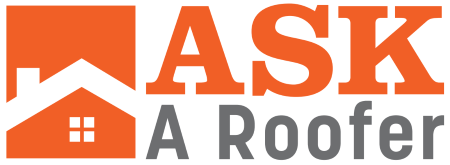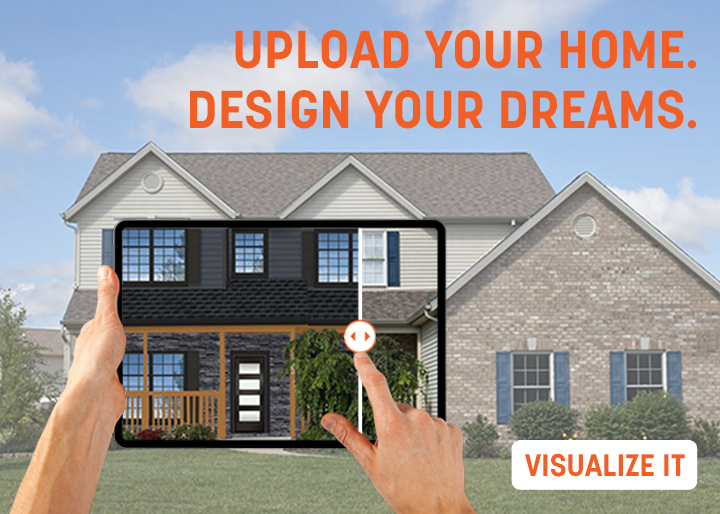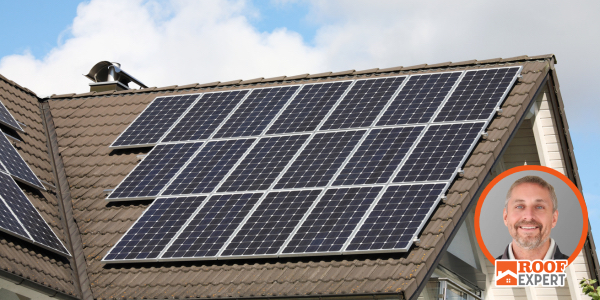Sustainable roofing: What home and building owners should look for in their next roof
May 1, 2025 at 6:00 a.m.AskARoofer Expert John Kenney says that sustainability is more than a trend, it's a smarter way to roof.
Sustainability has evolved into a critical decision-making factor for homeowners and building owners selecting roofing systems. Today's market demands solutions that balance performance, energy efficiency and environmental responsibility across steep and low-slope applications.
Fortunately, today's roofing materials and technologies offer more environmentally conscious options than ever before. Evaluating key sustainability factors can lead to a more innovative, longer-lasting investment when considering a residential roof replacement or a new commercial installation.
One of the most important considerations is energy efficiency. Energy-efficient shingles and reflective metal roofing help minimize solar heat gain for residential steep-slope roofs. Products rated under the ENERGY STAR® program can reduce cooling costs significantly in warmer climates. Systems like TPO, PVC or cool-coated modified bitumen membranes on low-slope commercial roofs provide high reflectivity and thermal emissivity, keeping rooftop temperatures lower and reducing HVAC strain. The addition of continuous insulation and proper detailing at transitions ensures even better performance.
Recycled content and end-of-life recyclability are increasingly vital in sustainability evaluations. Metal roofs stand out in this category — they are often composed of 30–60% recycled material and are fully recyclable at the end of their service life. Some synthetic shingles and rubber-based products also incorporate recycled materials. Some membrane manufacturers offer recycling programs on commercial jobs that divert tear-off waste from landfills. Always ask manufacturers about their products' recycled content and recyclability.
Another major factor is durability and lifespan. The longer a roofing system lasts, the less waste it generates and the fewer resources are used in replacements. Metal roofs on residential homes can last 40 to 70 years, while premium commercial membranes, when maintained properly, often deliver 20 to 30 years of performance. A long-lasting roof reduces environmental impact and offers better investment returns over time.
Stormwater management and green roofing systems are becoming more relevant as sustainability and urban development intersect. For commercial buildings, vegetative or "green" roofs help retain stormwater, lower urban heat island effects and support biodiversity. While not practical for steep-slope homes, integrating rainwater capture systems or roof designs that manage runoff can improve a home's sustainability profile.
Material sourcing and manufacturing practices should also be on the radar. Products manufactured with low-VOC adhesives, renewable energy or recycled water during production and transported from local or regional facilities offer a lower carbon footprint. Look for certifications like LEED, GreenGuard or Cradle to Cradle, which indicate environmentally responsible product life cycles.
And it's not just about the product — it's also about how it's installed and maintained. Choosing a qualified contractor who understands the principles of sustainable construction ensures that flashing, insulation, ventilation and fasteners all work together as a system. Improper installation can negate the energy and performance benefits of even the most sustainable materials. Ongoing maintenance, inspections and timely repairs extend the roof's life and maximize its environmental benefits.
The most sustainable roofing systems combine energy efficiency, durability, recycled content, responsible sourcing and proper installation practices. For residential and commercial property owners, choosing the right roofing solution means investing in long-term performance, lower operational costs and a reduced environmental footprint. Sustainability isn't just a trend — it's a smarter way to roof.
John Kenney is the CEO of Cotney Consulting Group. Read his full bio here.












Comments
Leave a Reply
Have an account? Login to leave a comment!
Sign In